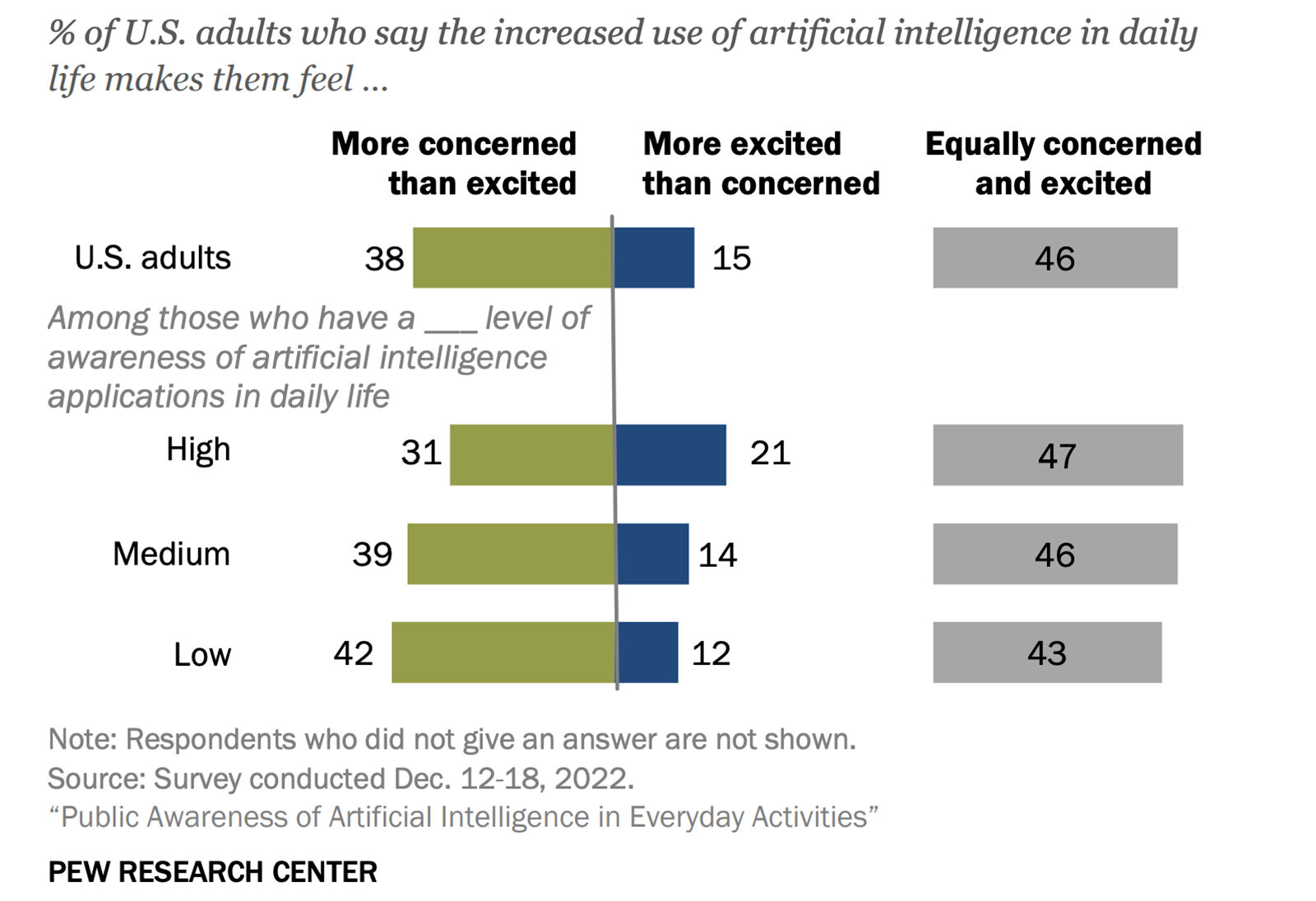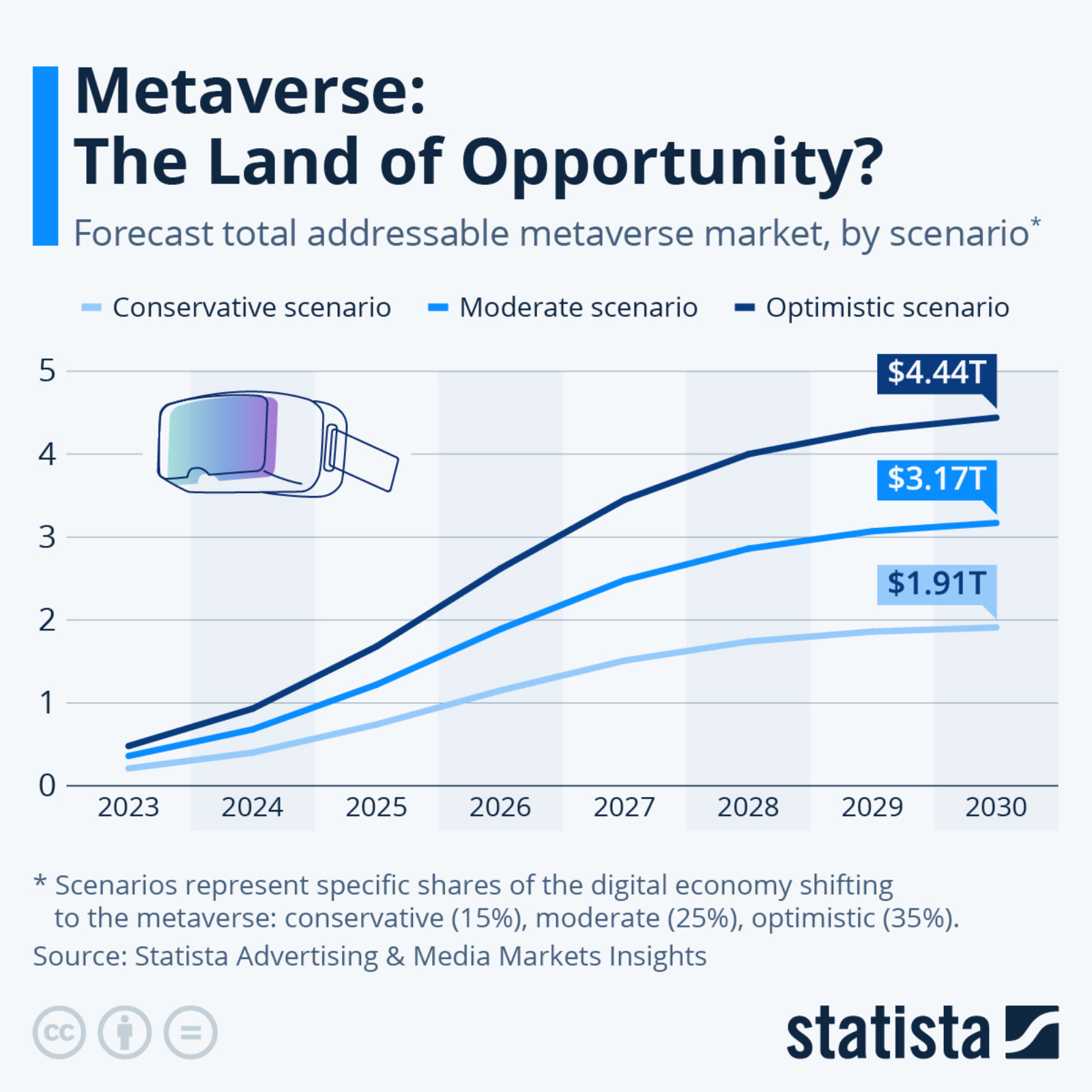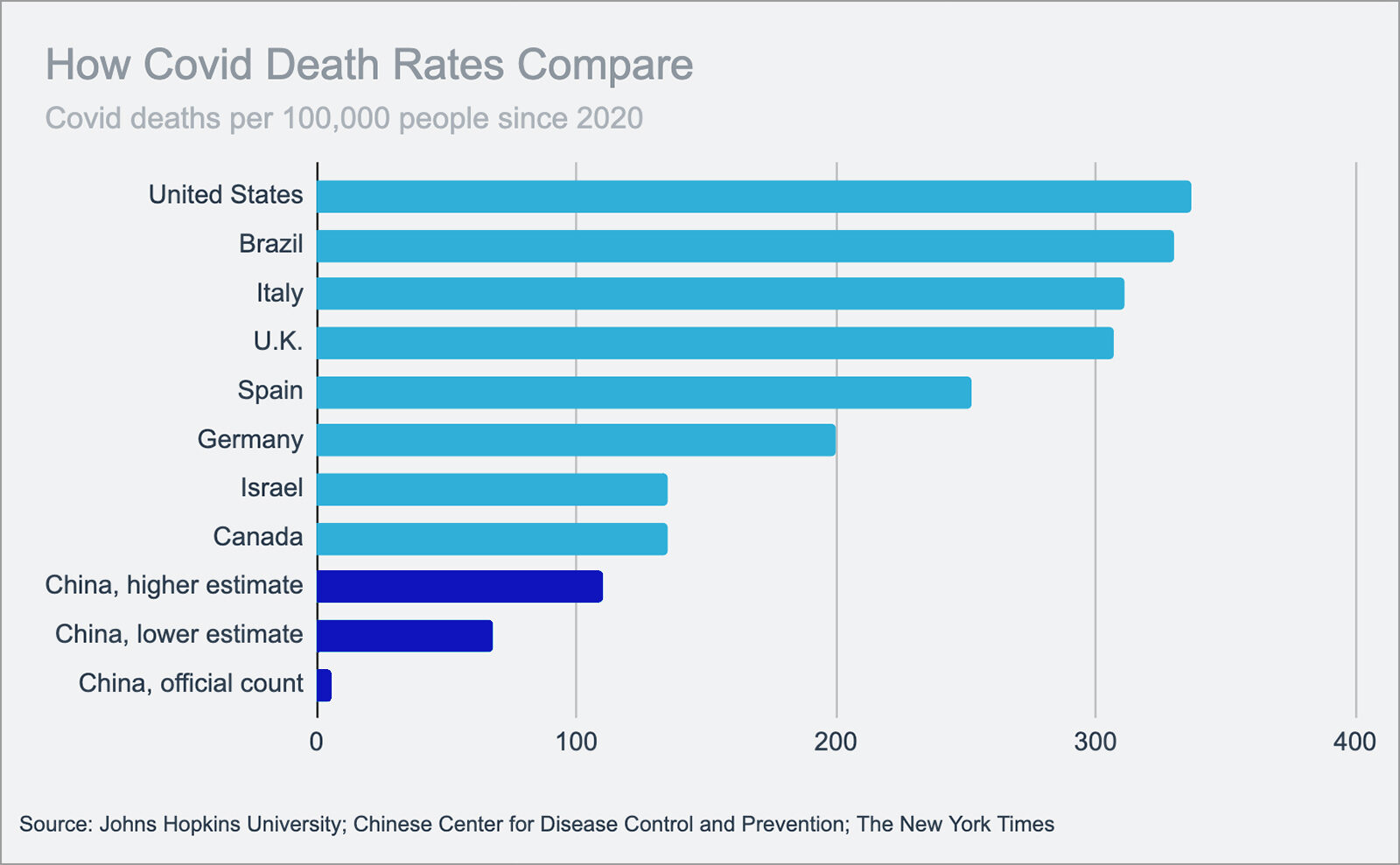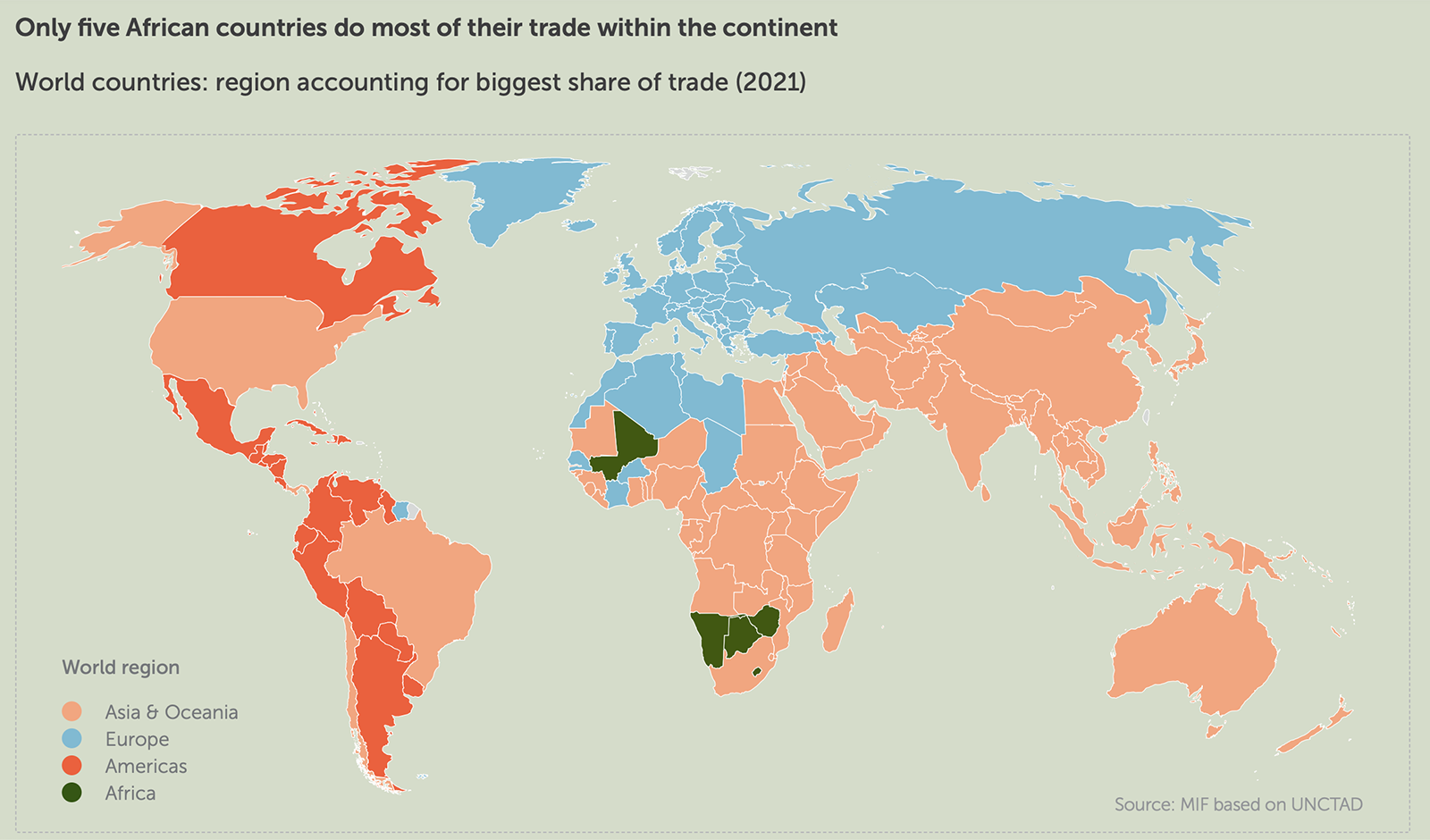Smart Grid Technology Is Taking Off Globally
Renewable energy sources will account for 95% of the increase in power capacity through 2026. But changing energy supply and consumption patterns are complicating demand planning and investment decisions for the energy sector. This is exacerbated by more frequent climate-influenced operational disruptions and stricter sustainability regulations.
Furthermore, legacy grid infrastructure often struggles to keep pace with industry innovations, underscoring the importance of an accelerated yet considered transition towards a smarter, more resilient grid. Many countries across the world are already starting to transition: Canada is putting about $80 million toward utility modernization work; Sweden, Finland, Spain and Italy have installed smart meters at a rate of 95%; China is working to install 30GW of battery storage capacity over the next three years; and Mexico, Paraguay, El Salvador and Chile are aiming to only sell zero-emissions vehicles by 2040.
To navigate this transition successfully, stakeholders across the value chain must balance the imperative to modernize with the financial obligation to capitalize on existing infrastructure assets. Expanded risks associated with the transition — new cyber vulnerabilities, data privacy protection obligations, and gaps in workforce talent — must also be mitigated.





